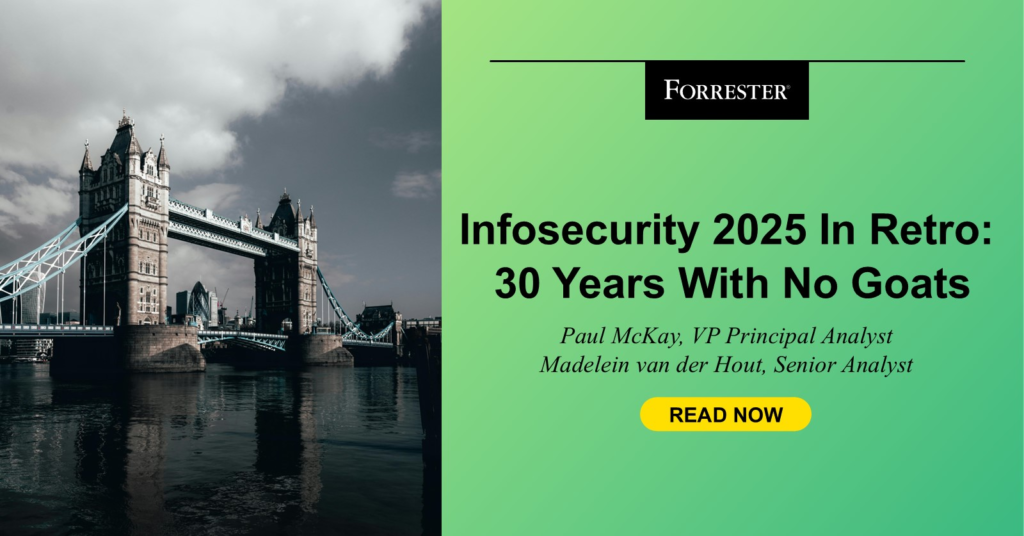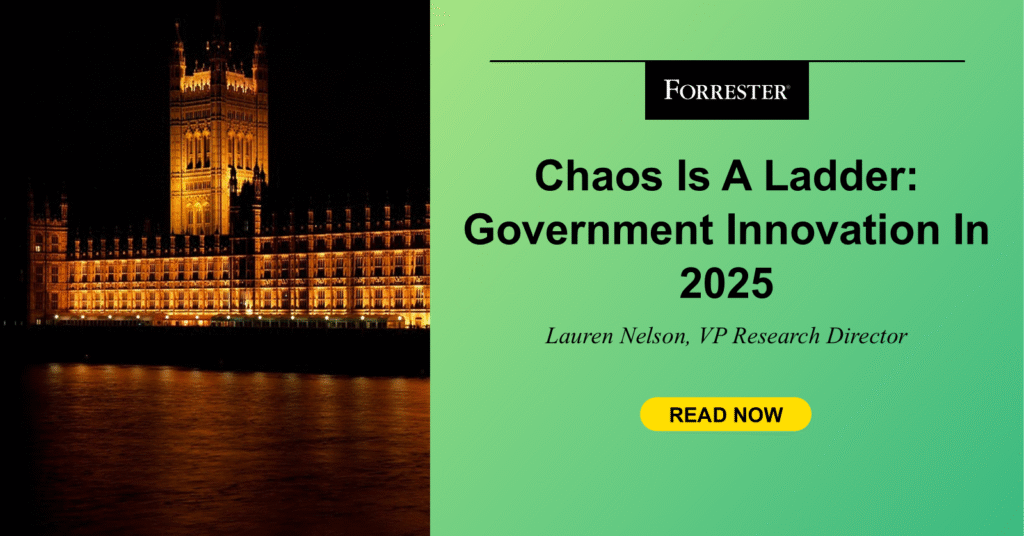CIOs: Embrace A Modern Network For Transformation Success
In an era of rapid technological change (hello, AI), CIOs must cultivate relationships that inspire new behaviors and promote technological innovation and transparency. Gone are the days of technology being a function operating in the background of an organization. Technology is now fully in the spotlight, central to most business strategies. But it’s not technology alone that drives digital transformation: A transformation is only successful if it is accompanied by change within the organization. This is where the modern CIO network comes into play. Change Starts At The Top Horizontal alignment across the C-suite is vital for effective change. Trust, transparency, and collaboration at the top filter down throughout the organization, spreading across and dismantling traditional silos through organizational structures that reflect alignment, strategy, and agility. The C-suite itself must refuse to remain static, with the requirements of established roles constantly shifting and new roles emerging to reflect changing market conditions. This requires a closer and new kind of partnership between the CIO and the C-suite. Challenge The Status Quo Chief financial officer, chief human resources officer, chief legal officer — these are well-established positions within the C-suite. Yet the way that the CIO has traditionally partnered with them must radically change for transformational success. Take, for example, the partnership between the CFO and the CIO. Historically, this has been a relationship defined by annual budget cycles and project-based approvals, an approach that is now wholly outdated. Instead, focus on sprint-based budget cycles and outcome-based approvals. Nurture agility for quick responses to market changes. Or look to the relationship with the chief legal officer. The rapid rise of AI has radically transformed this partnership from a limited, largely reactive one to an embedded partnership. The CLO and CIO work alongside each other, fostering a culture of innovation and governance. Specialized Roles Expand The C-Suite Emerging themes such as AI and sustainability require an expansion of the C-suite to address these critical skill gaps. These roles are typically a temporary fix while the established C-suite gains expertise on these specialized topics. Temporary or not, the partnership with these roles is vital, as they are typically created to address changing market conditions. The chief AI officer (CAIO) is one such emerging role that is gaining traction. Organizations are facing pressure from their investors and boardrooms to simultaneously innovate with generative AI but also do so in a responsible and ethical way. The rapid adoption of AI has required many organizations to add a CAIO to their C-suite. The CIO and CAIO roles naturally intersect; for instance, the CIO might implement secure data pipelines that comply with the CAIO’s requirements for responsible data usage within AI. Let’s Connect Interested in learning more about the modern CIO network and how effective partnerships can drive successful transformation throughout your organization? Forrester clients can read our newly updated research on the topic here: The Modern CIO Network For Digital Transformation. Connect with me for an inquiry or guidance session. This blog was written with the assistance of Senior Research Associate Hannah Murphy. source
CIOs: Embrace A Modern Network For Transformation Success Read More »













